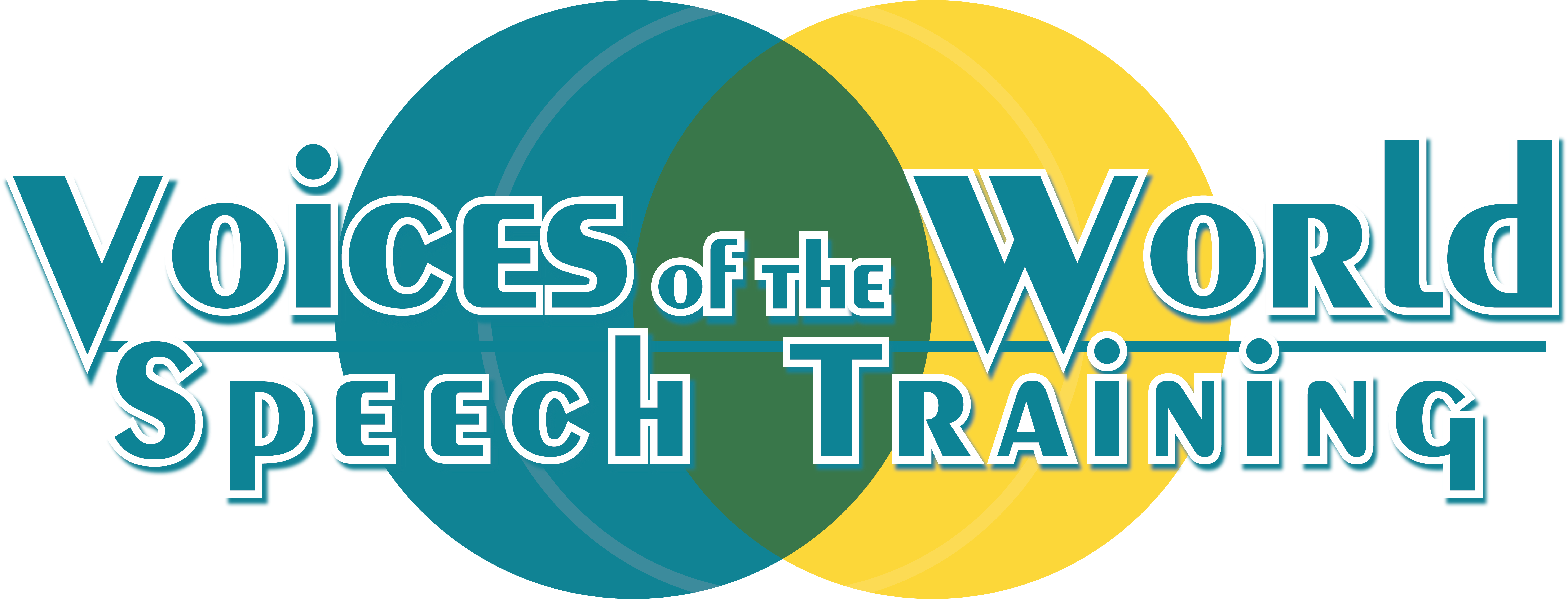
29 Jun Voicing Basics
In your throat, you have a set of vocal folds (or vocal chords). These folds can either be pulled apart or pushed together when producing speech sounds. If you pronounce a sound with your vocal folds pulled apart, the sound will be voiceless. If you pronounce a sound with your vocal folds pushed together, the sound will be voiced.
Consider the following pairs of consonants: p/b, s/z, k/g. The lips and tongue move in the exact same way for both sounds in each pair. The airflow is exactly the same for each sound within the pair as well. The only difference between the sounds within each pair of consonants is whether the sound in question is voiced or voiceless.
Put your hand on your throat and make the /p/ sound. Be careful to ONLY produce the /p/… Do not say “puh,” which is actually a /p/ with a vowel after it. There is nothing remarkable to report if you do this correctly; it should sound like a whisper. Now try making the /b/ sound, keeping your hand on your throat. When you produce /b/, you should be able to feel (with your hand) the vibration in your throat. This vibration is from your vocal folds; the /b/ sound is voiced. To recap, voiced sounds have buzzing/vibration and voiceless sounds are produced like a whisper.
There are many pairs of words which only differ by whether you produce a voiced or voiceless final consonant. For instance, think about the words “buzz” and “bus” (see my blog post on these two words here) or “played” and “plate.” Non-native speakers often devoice sounds at the ends of words. This means that when a sound should be voiced, the speaker produces it as if it were voiceless. This sometimes results in creating a different word than the speaker intended. When the final consonant is devoiced, a word like “plays” would sound like “place” and the word “bag” would sound like “back.”
Practice voiced consonants such as “g,” “d,” “v,” and “z.” See if you can keep the buzzing/vibration in your throat while you produce the sound. Next, try each sound at the end of a word (e.g. “bag,” “plays”) and try to maintain the buzzing/vibration.
There you have it! Voicing basics explained. If you haven’t already, make sure to follow the blog so you get new posts as they come out. Keep an eye out for a future post on how to know whether an “s” at the end of a word should be pronounced as “s” or “z”!
About the Author: Jane Rupp is the owner of Voices of the World Speech Therapy, a business in Austin, Texas that specializes in accent reduction training.
